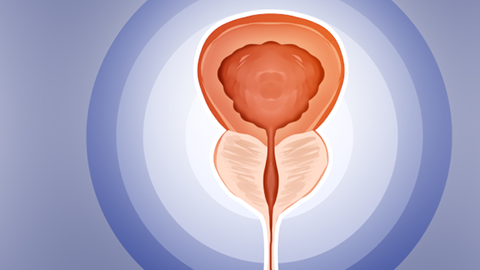What does it mean to have prostate enlargement with calcification?
Generally, benign prostatic hyperplasia (BPH) with calcification refers to the phenomenon of local calcium salt deposition occurring simultaneously with hyperplastic changes in the prostate tissue. If discomfort symptoms arise, timely consultation and treatment at a reputable hospital are recommended. Detailed analysis is as follows:

Benign prostatic hyperplasia mainly results from prostate cell proliferation leading to enlargement of the gland. Calcification is often associated with previous prostate inflammation, scarring from local tissue repair, or calcium salt deposition due to poor drainage and long-term accumulation of prostatic fluid. This condition is relatively common among middle-aged and elderly men. Most individuals experience no obvious discomfort in the early stages, although some may develop urinary abnormalities such as frequent urination, urgency, or difficult urination due to urethral compression caused by the enlarged prostate. Calcification itself typically does not directly cause noticeable symptoms and is usually discovered incidentally during medical examinations.
Daily attention should be given to maintaining adequate hydration, increasing urination frequency to help dilute urine and reduce prostatic fluid accumulation, thus lowering the risk of worsening calcification. Additionally, prolonged urine retention should be avoided to prevent excessive bladder distension, which can place additional pressure on the prostate. Regarding diet, intake of high-calcium and high-salt foods should be reduced, and spicy or irritating foods should be avoided to prevent prostatic congestion and subsequent discomfort.





